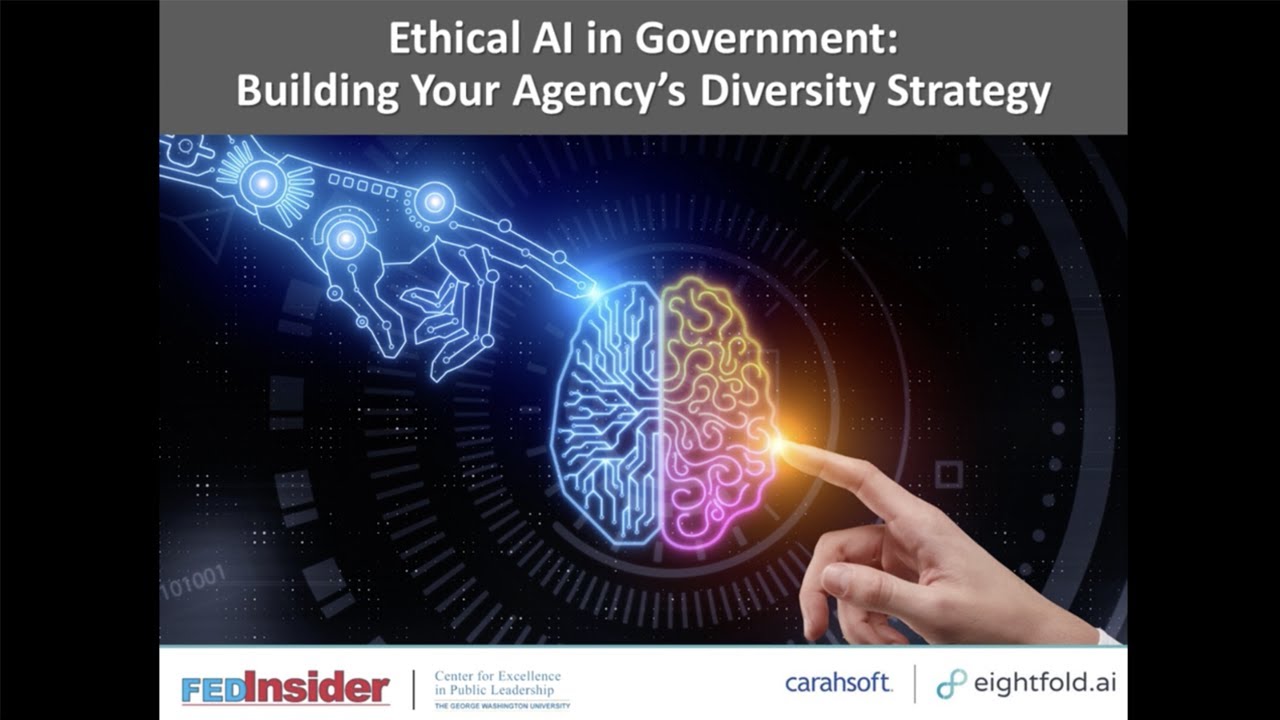The public sector has always needed hardworking, skilled employees. But hiring for top talent takes work, especially when competing against the private sector in a tight labor market.
“Recruiting and retaining state and local government workers is the most difficult it has been in decades,” wrote Carl Smith in this Governing piece. “Government is hiring, but human resource professionals face competition from the private sector, accelerating retirement rates, and a shortage of applicants.”
So how do government agencies build a more diverse and skilled workforce, especially with today’s challenges like evolving worker expectations, skills shortages, and biases in hiring?
Public sector agencies are improving their competitive advantage by building more equitable workforces and providing more substantial talent outcomes. Additionally, they are focusing on skills-based hiring for better job matching.
Here are a few advancements from the public sector that are taking on these pressing recruitment issues, with the goals of appealing to more candidates — and improving the quality and diversity of their hires.

Related: In this FedInsider briefing, learn more about improving diversity metrics and adhering to non-discrimination policies with ethical AI from Dan Hopkins, Vice President of Public Sector at Eightfold AI.
A stronger, more empowered federal workforce
The Biden-Harris administration announced plans to build an “equitable, effective, and accountable government that delivers results for all.” To accomplish this goal, they launched the President’s Management Agenda (PMA), a “blueprint” for transformation that includes “strengthening and empowering the Federal workforce.”
Though it is the nation’s largest employer, “the Federal Government is not yet the model employer our Federal workforce both expects and deserves,” the PMA states. To rectify this, the administration is focusing on four strategies:
- Building a workforce that reflects the nation’s demographics.
- Ensuring every federal job is a “good job.”
- Making the federal government a “forward-thinking” employer.
- Supplying the resources that HR teams need to position the federal government as a model employer.
For the first time, leaders can be held accountable for making progress toward building a more equitable workforce thanks to the specific goals and metrics outlined in President Biden’s PMA.
Federal agencies are now working to:
- Narrow the gaps in employee engagement scores in the Federal Employee Viewpoint Survey by 20 percent.
- Increase the number of agencies meeting projected mission-critical occupation hiring and staffing targets.
- Measure diversity, equity, inclusion, and accessibility in the Federal Employee Viewpoint Survey (FEVS).
- Develop plans to address identified roadblocks to equitable and consistent representation throughout the hiring process.
- Increase learning opportunities for skills development and flexible career pathways.
- Create pay equity by reducing inquiries into past salary history when setting pay.
- Increase the overall satisfaction score for human capital from 4.75 to 5 on the General Services Administration Mission Support Customer Satisfaction Survey by 2026.
The PMA also calls for regular check-ins with federal employees through pulse surveys. In its pilot pulse survey, the administration asked 2 million federal employees across 24 agencies to provide feedback on three core topics: post-pandemic return to work, equity and inclusion, and employee engagement. Workers responded on a scale of “strongly disagree” (1) to “strongly agree” (5).
Some highlights from the March 2022 pulse survey:
- Many federal employees say they would take a job elsewhere if it offered greater flexibility or remote-working options (score: 3.4).
- Most federal employees agree that their agencies demonstrate a commitment to diversity and inclusion through their actions (score: 3.8).
- Most federal employees agree that their agencies are taking steps to protect workers’ health and well-being as they return to onsite work (score: 3.6).
Jason Miller, deputy director for management in the Office of Management and Budget, writes that these ongoing surveys will offer real-time insights into the federal workforce. “If successful, the pulse survey can support agencies in delivering on the President’s expectation that the first PMA priority of strengthening and empowering the Federal workforce requires a focus on how best to serve as a model employer.”

New York State is expanding worker access to job opportunities
When it comes to making impressive strides in connecting people with better employment opportunities, New York State is leading the way to make more equitable and higher-quality matches.
Recently, the New York State Department of Labor introduced its expanded Virtual Career Center, which uses the Eightfold Talent Intelligence Platform to match job seekers with open opportunities based on their skills and experience. Applicants can browse over 250,000 available roles, apply for positions, and explore upskilling opportunities to advance their careers.
“With this expansion of the Virtual Career Center, we are leveraging the very best technology to give New Yorkers a world-class, job-finding tool completely free of charge,” said Gov. Kathy Hochul in the launch statement.
The relaunch of the Career Center allows New Yorkers to find a career of their choosing, building on the pilot program initially offered only to unemployed job seekers. As a result, it creates equal opportunities for everyone to find and compete for jobs.
“Virtual career centers allow individuals with barriers such as transportation and childcare to gain access to the critical services that the New York workforce system provides,” added Melinda Mack, executive director of the New York Association of Training and Employment Professionals, in the announcement. “Expanding the eligibility requirements creates more opportunities for New Yorkers to be skilled for and obtain a good or better job.”
The right AI advances equity outcomes
These public-sector initiatives are possible thanks in part to deep-learning AI. In fact, in the future, it will be essential.
In a podcast interview with Craig Leen, former Director of the Office of Federal Contract Compliance Programs (OFCCP) at the U.S. Department of Labor, he shared how AI could have intervened in many cases of unintentional discrimination by helping organizations make employment decisions based on skills and merit, rather than based on a protected class.
“I think in 10 years or sooner, AI will be the standard of care,” Leen said. “You’ll have to use AI. You can’t just rely on humans making decisions that are affected by unconscious bias.”
AI-driven platforms promote more equitable workplaces by matching people with opportunities based on their skills and potential. They can also mask personal characteristics that may trigger biases, including names, age, race, and gender. Objectively evaluating all candidates and recommending the best people for each role makes the hiring process a better candidate experience, quickly matching people to positions they might have never considered.
AI can also instantly identify qualified candidates and employees based on their potential for all open positions across an organization, enabling more people to find work in less time — and filling vacant positions.
With the help of AI, many of these previous woes can be left behind. Public sector agencies can now position themselves to build high-quality workforces that help them serve the greater good.
Learn more about how AI enables public agencies to create more equitable, scalable, diverse workforces by listening to our podcast with Craig Leen, former Director of the OFCCP at the U.S. Department of Labor.










